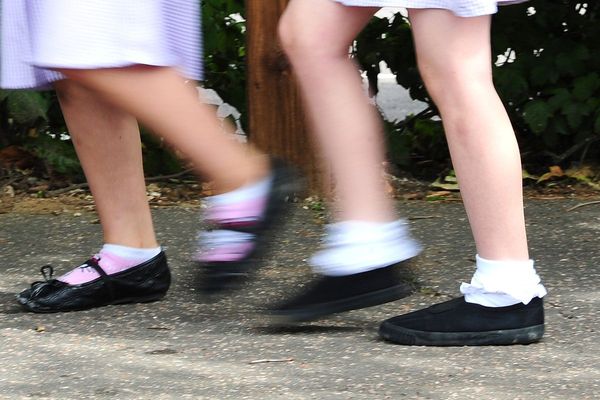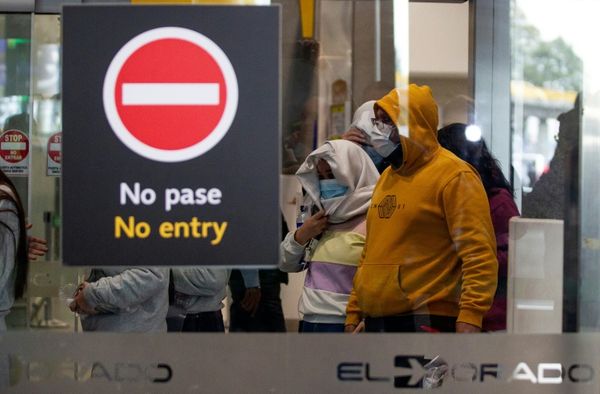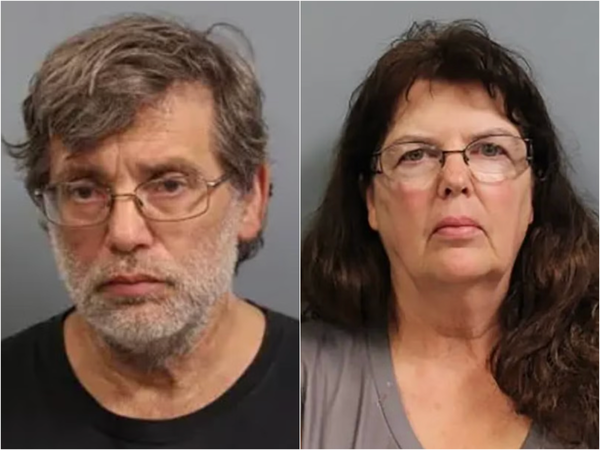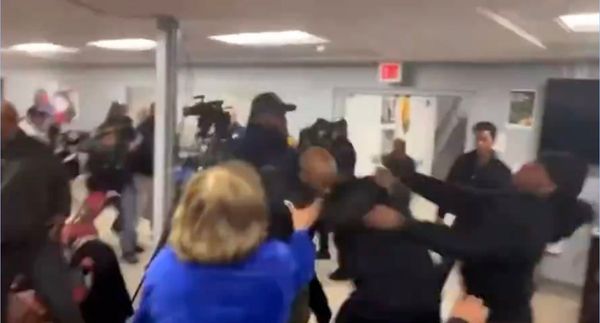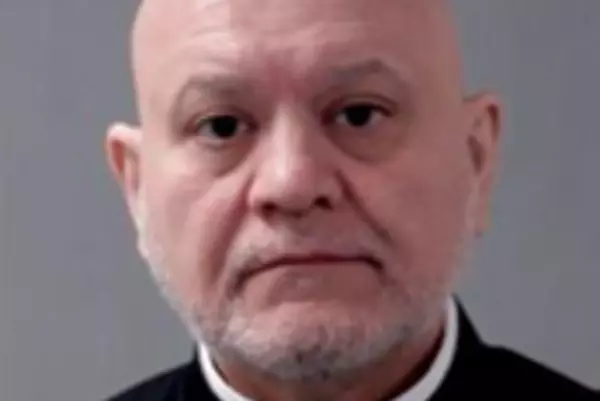Shannan Clarke's grandmother wasn't allowed to practise her culture, but generations on that culture is front and centre at the school where she works as an Aboriginal Education Officer.
At the Bradshaw Primary school in Alice Springs, students learn in classrooms named for the Irrarnte — red tailed cockatoo — and and go to the Mernekenhe (canteen) at lunchtime.
And now, thanks to a new mural, students will start their day by tracing the growth of the Yeperenye Caterpillar, from egg to moth, celebrating the town's Arrernte dreaming story as they go.
"We haven't just ticked a box, we've made history," Ms Clarke said.
The new walkway is just one of the many steps the school has taken to promote Arrernte culture, after a long history of suppression.
"My grandmother wasn't allowed to teach her culture — now, look," says Ms Clarke.
Ms Clarke says she thinks of herself as a needle, sewing Indigenous and non-Indigenous young people together at a school where 34 per cent of the cohort are Indigenous.
"In Alice Springs we are often divided, but if we can appreciate things together we are so much stronger, we all grow," she said.
Only a third of Indigenous children in the NT attend school on most days — a figure that has not improved in five years.
But Bradshaw is bucking that trend.
In term one of this year, the school recorded 85 per cent Aboriginal attendance, a full 21 per cent higher than the NT's average of 64 per cent.
Ms Clarke said these stats made it clear the school was on the right track to improve outcomes for Indigenous children.
Not in Victoria anymore
When Assistant Principal Jennie Ward arrived at Bradshaw 14 years ago from Victoria, she found herself in a "beautiful town steeped in culture", but at a school that looked like every other school she'd been to at home.
"When I first walked into Bradshaw all those years ago, I couldn't see any sign that we had lots of Aboriginal children in our school.
"I thought, 'How can our Aboriginal kids feel connected and feel like they belong know their language, and know culture is really important, if I don't see it happening at school?'
The process has been gradual, but after working side by side with Indigenous elders and teachers, the school has taken an active interest in promoting Arrernte culture.
"We have Arrernte speakers on staff, we do the roll in Arrernte and we call the kids ampeakwekes," Ms Clarke said.
But attendance rates are the result of more than just using inclusive language, and Ms Ward said it was important to work with families who might be experiencing hard times.
'We listen to our families," she said.
"If they need a bit of a hand getting to school for a couple of weeks because the car's broken down, we'll do that. We'll go out of our way to help.
Learning together
Last week, year six student Makeely Kerrin and her classmates visited different parts of the Yeperenye dreaming to learn more about the story ahead of the mural's launch.
The year six student said it made her feel proud of culture.
"It makes me feel happy about being an Arrernte person," she said.
The trip was another part of the school's celebration of her culture.
"We all learn to say our name in Arrernte, to say certain words."
